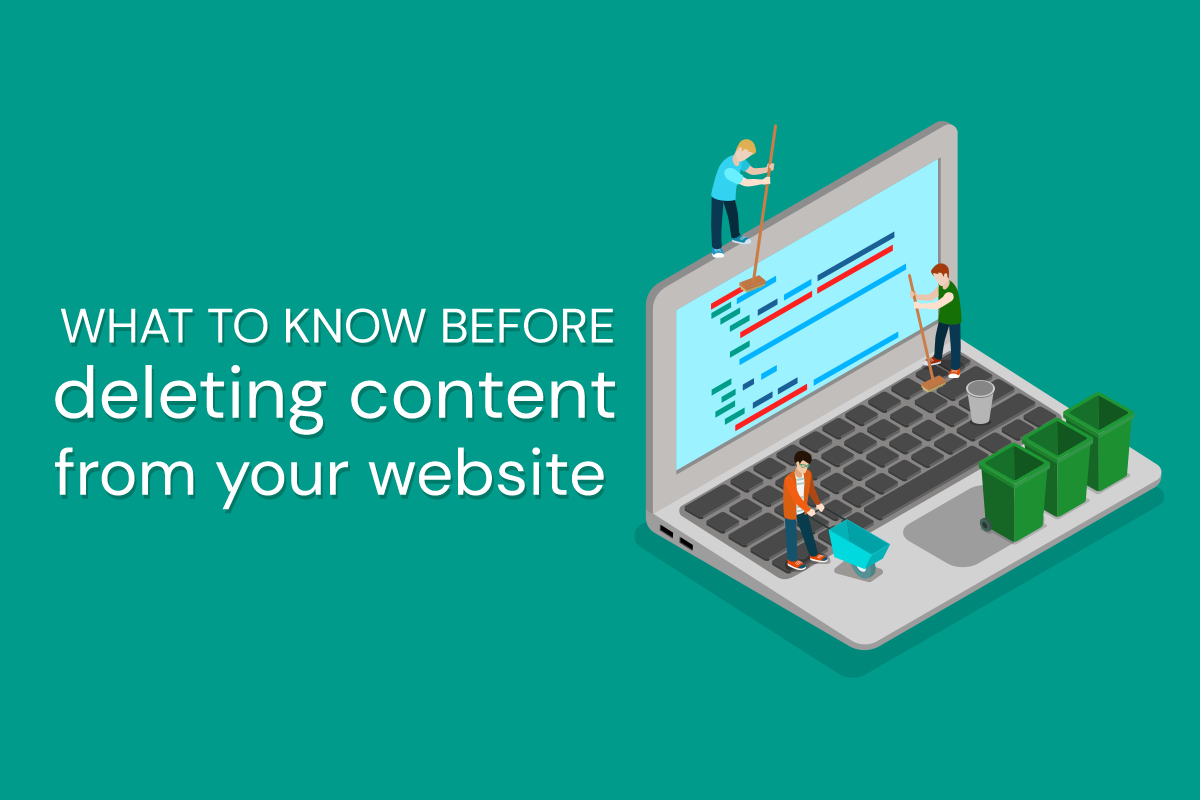For every website owner, the time comes when you get the urge to do a little redecorating. You’ll move pages around into different categories and maybe delete a page or two. You might even change a URL to be simpler or more SEO-friendly: for example, shortening www.mywebsite.com/contact-us to www.mywebsite.com/contact. Now, your site looks fresh again and is a lot easier to navigate. But if you’ve also been doing a good job at internet marketing, you might run into some problems. What about all those links to your website you posted on Facebook or Twitter? Are you okay with all those lovingly posted promotional messages for your blog going to a 404 page of your newly reorganized website? And on top of the 404 page, Google can penalize you for an excessive number of broken links, harming your SEO efforts. Well, there’s no reason it has to be that way.
Ask Yourself if its Absolutely Necessary to Delete a Page
If you want to delete a page altogether, it’s a good idea to ask yourself if you might be better off improving the information on it rather than deleting it wholesale. You don’t have to link to it from your main navigation bar to make it prominent; it can just live somewhere in the background where search engines can find it, but users who come to your homepage would not be likely to see it.
…And be Cautious When Deleting Tags or Categories
You might not realize that changing tag names—or deleting tags you’re no longer fond of—can generate 404 errors too. WordPress themes in particular generate a page that displays all the posts/pages associated with a particular tag. This is great for SEO, because structuring your site with clear information taxonomy makes it easier for visitors to navigate to the content they’re looking for. Squarespace allows you to use tags and categories too, so think about what you might lose before you delete.
How to Keep Visitors from Experiencing a 404
If you have changed the URL of your page to something new, it makes sense to create a 301 redirect to the new page or another page with applicable content. 301 redirects are permanent, and tell browsers to go to a different URL when someone clicks a link to a nonexistent page. They also tell search engines that a page has moved, and allow search engines to transfer the old page’s PageRank to the new page, so your SEO won’t suffer. (Do note: in order to use a 301 redirect, the original URL can no longer exist.)
A 301 redirect may sound technical, but it’s pretty easy with Squarespace, Wix, or WordPress websites. Squarespace has an easy-to-use box where setting up the 301 redirect is as easy as following this pattern:
/old-page -> /newpage 301
For WordPress, it’s as easy as installing a plugin like Simple 301 Redirects and configuring it. Wix is perhaps the easiest, which has a section called “Manage 301 Redirects,” where you enter the old URL and select the new URL from a dropdown menu. (302 redirects, which are for temporary redirects, also exist, but frankly we’ve never experienced a situation where a 302 redirect was the best solution.)
Still not sure if you should delete a page or other piece of content from your website? Just ask!






